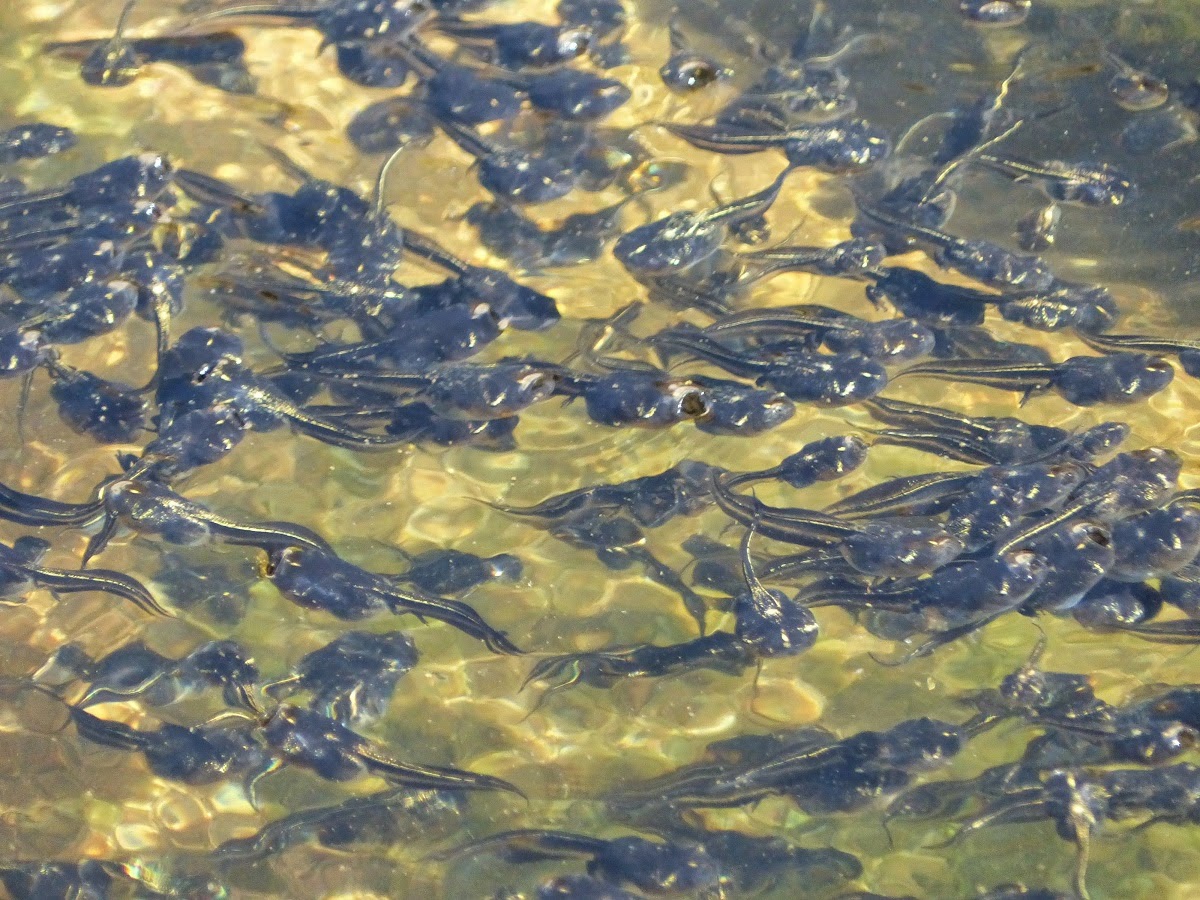Anyway, the first area Im stopping to look at Rock are is a bit of a local micro climate with a small mountain range of about 2500m altitude which generates quite a bit more moisture than the surrounds. And the rock here is Granit with Dolerite intrusions which is very hard rock...
The art here is "painted" on the rock and the site I visited had two types of painting from different periods. The monochrome paintings are the older ones at perhaps 5000 years of age and the more detailed (but I would argue not more refined) polychrome paintings are only about 2500 years old.
Right at the moment the area is very "lush" as there were rains a couple of months back, so the greenery is quite intense compared to the surrounding desert.
Polychrom Oryx paintings
The "White Lady" image is quite faded but with modern imaging it is clear that it is in fact a male ceremonial dancer.
The older monochrome images
And some of the other stuff I saw on my hour walking into and out of the park... Swarms of huge tadpoles in all the water pools.
The tadpoles are huge but the frogs they produce are tiny... Its because water very uncommon here, the frog stage is more or less the dormant stage. The tadpoles are the "energy gathering stage in the short time while the water is abundant... Then when they become little frogs they burrow down 2m or so in the sand and create a mucous cyst where they stay dormant until the next rain when they come up to the surface to mate and start the next cycle.
Agama rock lizards... The female
and the male.
Quite a large skink of some sort.
A day Gecko. Not a good picture (cos he was deep in the shade of the rock) but its a Rock Hyrax...about the size of a rabbit.
Then I drove about a day further north to another rock art site... Here the rock is sandstone and the art is chipped into the softer rock using harder quartz stones the artists brought with them. These "etchings" are estimated to be older than the other site at maybe 6000 years old... The variety of wildlife depicted show that the climate here has indeed changed and become more arid.























